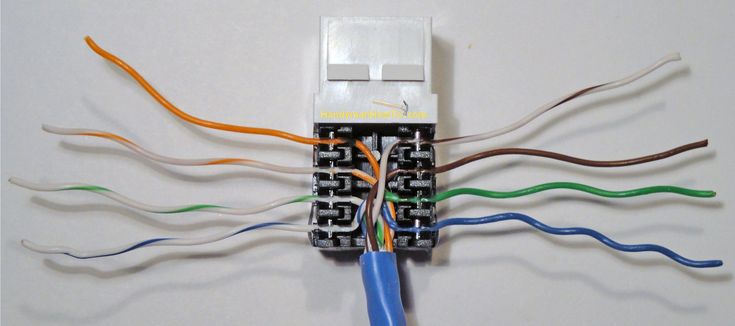My computer is in a separate room from my router. I'm getting spotty internet connection wirelessly, and am hoping to be able to connect my computer through the wall to my router. Please be patient, as I don't know much about this topic, but I'm willing to learn.
My modem is plugged into the wall, with the router plugged into the modem. Here's the port behind my modem.
Here's the port behind my computer.
There's a whole puzzle of cables in my attic which I assume lead to different parts of the house.
Currently, my modem is plugged in by coax cable (I think). How would I connect my router into the wall to work with my PC?
My modem is plugged into the wall, with the router plugged into the modem. Here's the port behind my modem.
Here's the port behind my computer.
There's a whole puzzle of cables in my attic which I assume lead to different parts of the house.
Currently, my modem is plugged in by coax cable (I think). How would I connect my router into the wall to work with my PC?




